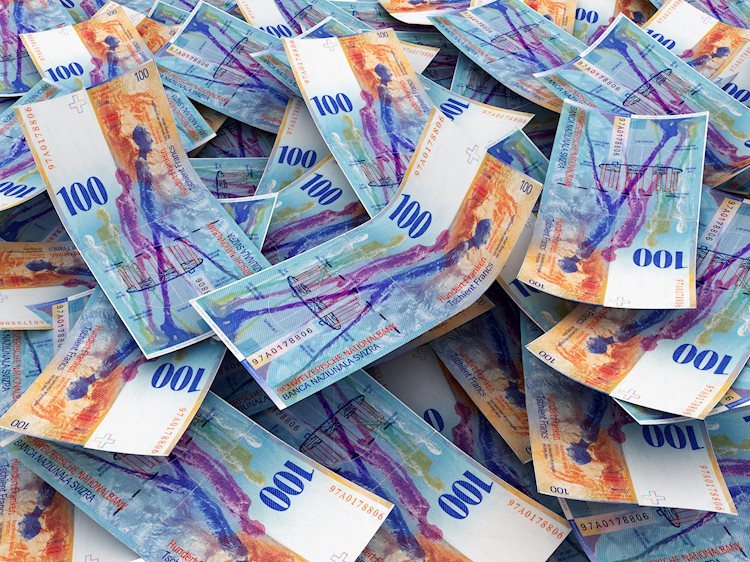The USD/CHF pair has bounced back close to 0.9000 as investors anticipate the Federal Reserve (Fed) initiating interest rate cuts in September. Market speculation also grows for additional rate cuts by the Swiss National Bank (SNB). The US Dollar Index (DXY) has stabilized after hitting a three-week low near 104.85.
The upcoming semi-annual Congressional testimony by Fed Chair Jerome Powell at 14:00 GMT will provide insights into the timing of interest rate reductions. Expectations are high for the Fed to begin lowering rates at the September meeting. Additionally, the US inflation data for June, set to be released on Thursday, will have a significant impact on the US Dollar.
On the Swiss Franc front, investors believe the SNB may ease its monetary policy further as Swiss inflation has slowed down. Annual Swiss inflation grew at a rate of 1.3% in June, lower than estimates and the previous release of 1.4%. The USD/CHF pair trades in a Falling Channel chart pattern with support near the 200-day EMA around 0.8950, indicating a bullish long-term trend.
The 14-day Relative Strength Index (RSI) suggests indecision among investors with a range of 40.00-60.00. A breakout above the June 3 high at 0.9036 could drive the pair towards the May 28 low at 0.9086 and May 30 high at 0.9140. Conversely, a break below the June 4 low of 0.8900 could push the pair towards the March 21 low at 0.8840 and the support level of 0.8800.
The Swiss Franc is Switzerland’s official currency and is one of the top ten most traded currencies globally. It is highly influenced by market sentiment, the country’s economic health, actions by the SNB, and other factors. The Franc was pegged to the Euro between 2011 and 2015, leading to a significant increase in its value when the peg was removed. CHF is considered a safe-haven asset due to Switzerland’s stable economy, strong export sector, central bank reserves, and political neutrality.
The SNB meets quarterly to decide on monetary policy, aiming for an annual inflation rate of less than 2%. Higher interest rates are positive for the Swiss Franc as they attract investors, while lower rates tend to weaken the currency. Macroeconomic data releases play a crucial role in assessing the Swiss economy’s health and impact CHF valuation. Switzerland’s dependency on the Eurozone makes it vulnerable to economic and monetary stability in the region, with a significant correlation between the Euro and CHF fortunes.











